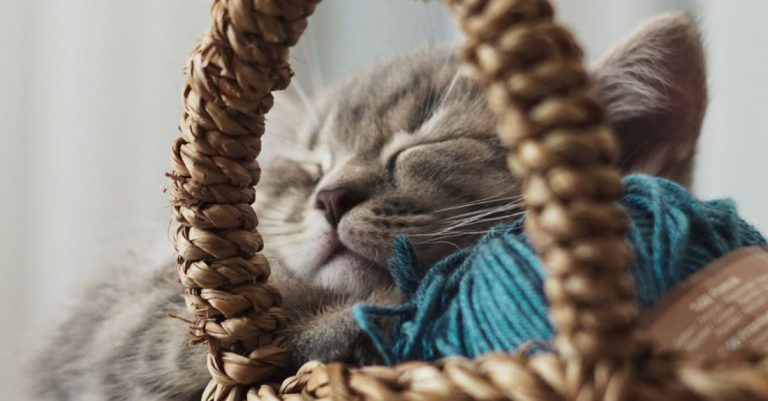
Cats are often seen as calm and independent creatures, but aggression is a behavior that can manifest in felines for various reasons. Understanding the causes behind aggression in cats is crucial for cat owners to effectively address and manage this behavior. By delving into the potential triggers of aggression in cats, we can better comprehend their behavior and provide appropriate care and support.
Social Hierarchy and Territorial Instincts
Cats are territorial animals by nature, and their aggression can stem from the need to establish and defend their territory. In multi-cat households, conflicts may arise as cats vie for dominance and territory within the home. This can lead to aggressive behaviors such as hissing, swatting, or even physical fights. Cats may also exhibit aggression towards unfamiliar cats encroaching on their territory, whether indoors or outdoors.
Fear and Anxiety
Fear and anxiety are common triggers for aggression in cats. When cats feel threatened or scared, they may lash out in a defensive manner. Loud noises, sudden movements, unfamiliar environments, or the presence of strangers can all provoke fear and anxiety in cats, leading to aggressive behaviors. It is essential for cat owners to create a safe and secure environment for their feline companions to help alleviate feelings of fear and anxiety.
Pain and Medical Issues
Physical discomfort or underlying medical conditions can also contribute to aggression in cats. Cats in pain may exhibit aggression as a way to protect themselves from further discomfort. Medical issues such as dental problems, arthritis, or infections can cause cats to become irritable and prone to aggressive outbursts. It is vital for cat owners to monitor their cat’s health closely and seek veterinary care if they suspect pain or illness as a potential cause of aggression.
Lack of Socialization
Proper socialization plays a significant role in shaping a cat’s behavior towards humans and other animals. Cats that have not been adequately socialized during their early development stages may display aggression towards unfamiliar people or animals. This lack of socialization can result in fear-based aggression, as cats may perceive new stimuli as threats. Cat owners can help mitigate aggression stemming from lack of socialization by gradually exposing their cats to new experiences and environments in a positive and controlled manner.
Play Aggression
Play aggression is a common behavior exhibited by cats, especially kittens. Play aggression usually involves behaviors such as pouncing, chasing, and biting during play sessions. While this behavior is natural for cats, it can become problematic if not properly managed. Cat owners can redirect play aggression by providing appropriate toys and outlets for their cats to engage in interactive play without resorting to aggressive behaviors towards humans or other pets.
Redirected Aggression
Redirected aggression occurs when a cat is unable to direct its aggression towards the source of its frustration and instead targets another individual or pet. This type of aggression often occurs in multi-cat households where one cat becomes agitated by an external stimulus, such as a stray cat outside the window, and redirects its aggression towards another cat in the household. Understanding the triggers of redirected aggression can help cat owners prevent conflicts and minimize aggressive behaviors among their feline companions.
Addressing Aggression in Cats
To effectively address aggression in cats, it is essential to identify the underlying cause and tailor interventions accordingly. Consulting with a veterinarian or animal behaviorist can help cat owners develop a comprehensive plan to manage and reduce aggressive behaviors in their feline companions. Implementing strategies such as environmental enrichment, positive reinforcement training, and behavior modification techniques can help cats overcome aggression and lead happier, healthier lives.
In conclusion, aggression in cats can arise from various factors, including social hierarchy, fear, pain, lack of socialization, play aggression, and redirected aggression. By recognizing the potential causes of aggression in cats and taking proactive steps to address these issues, cat owners can promote harmonious relationships with their feline friends. Understanding and responding to the needs of aggressive cats with patience, empathy, and appropriate care can help mitigate aggressive behaviors and foster a peaceful coexistence between cats and their human companions.





